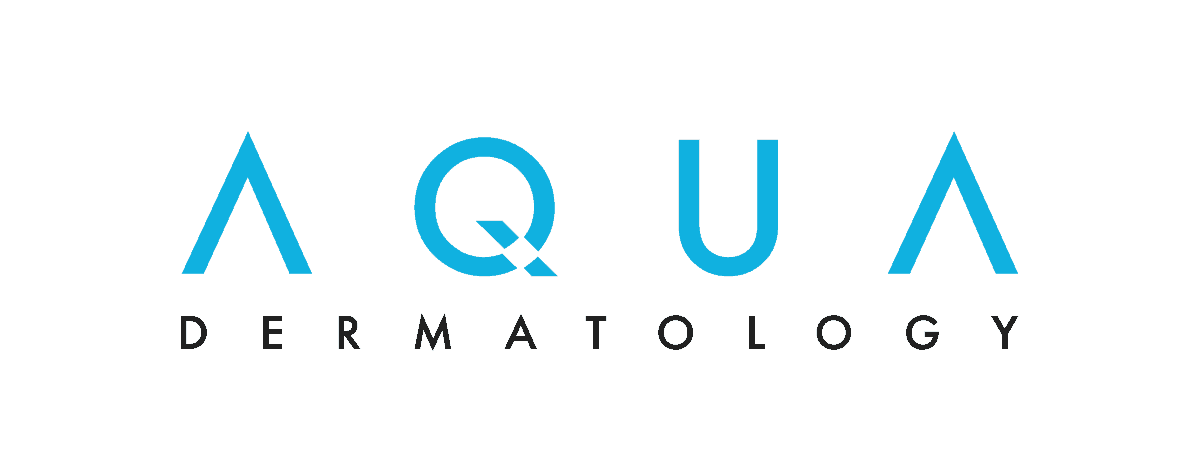Seborrheic Keratosis
A skin growth can be concerning, even alarming, if you don’t know what it is. That includes a seborrheic keratosis. These slightly raised, brownish lesions are harmless, but it’s smart to get any new growth evaluated.
At Riverchase Dermatology, our skin care experts are highly skilled at distinguishing seborrheic keratoses from warts, skin cancer, actinic keratosis (precancerous growths caused by excessive sun exposure) and moles. Seborrheic keratosis treatment usually isn’t necessary, but your provider can remove the growths if they bother you.
What is seborrheic keratosis?
Seborrheic keratoses (the plural of seborrheic keratosis) are non-cancerous skin growths that tend to appear starting at age 50 or later, though teenagers and young adults can develop them, too. They are more common in fair-skinned people and seem to run in families. In women, pregnancy and hormone therapy may bring them on.
The growths can appear anywhere on the body except the palms and soles of the feet. You may have one growth or many of them. In people with darker skin, they tend to be small and cluster near the eyes.
Seborrheic keratosis symptoms
Seborrheic keratoses start as small, rough, round or oval bumps. They are usually light tan or brown, though they can be closer to white, black, yellow or gray. Some look like candle wax dripped on the skin. They can grow to the size of a pencil eraser, the size quarter or larger. They may eventually thicken and develop a warty or crusty surface.
Seborrheic keratoses are rarely painful, but they can itch. If one develops in an area where clothing or jewelry rubs against it, it can become irritated and bleed.
Seborrheic keratosis treatment
Seborrheic keratosis removal is relatively painless and typically yields a good outcome. Riverchase Dermatology offers several removal options, including the ones described below. Your provider will recommend the best option for you based on your growth(s) and skin color.
Cryosurgery
The most common seborrheic keratosis removal method is cryotherapy, in which liquid nitrogen is applied to the growth to freeze and kill its cells. The lesion may blister and scab before falling off, typically in a few days.
After the skin heals, there’s a chance that people with brown or black skin may develop hyperpigmentation (dark spots) or hypopigmentation (spots of lighter skin).
Curettage with or without electrocautery
Curettage involves scraping off the growth with a scoop-shaped surgical blade called a curette. Your skin will be numbed first. If the growth is thick, the provider may also perform electrocautery—burning off remaining tissue with a small probe that delivers a mild electrical current. Electrocautery can also be used on its own. In dark skin tones, hyperpigmentation is a risk of these procedures.
Ablative laser therapy
Laser therapy delivers almost immediate results and is a good option if you want to remove multiple growths. It’s less likely than other treatment methods to cause hyperpigmentation, though there is a small risk of permanent skin lightening. Your doctor will numb the area before delivering an intense wavelength of light to the growth to destroy it.





